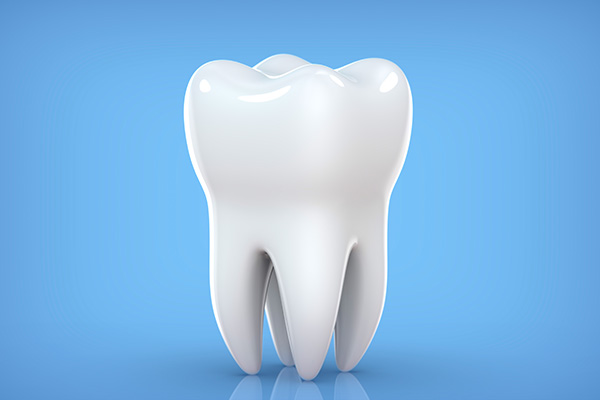Professional teeth whitening procedure
When a dental patient experiences a yellowing or discoloration of the teeth, a whitening treatment can help remove years of staining for a more beautiful smile. As preparation, a cosmetic dentist may recommend a routine cleaning from a general dentist to remove any plaque or tartar buildup. During treatment, a whitening solution or gel is brushed onto the surface of each affected tooth. Many times, this solution is cured with a blue light to activate the ingredients for more noticeable results. Depending on the level of staining and treatment plan chosen, a patient may need one or multiple whitening sessions.
Due to the nature and composition of whitening treatments, tooth enamel is temporarily weakened. This process breaks down some of the surface minerals to remove deep staining. As a result, it is critical to take certain precautions to protect the teeth and prevent stains from recurring.
Follow-up care
After a whitening treatment, a cosmetic dentist will likely address several areas to ensure the patient is utilizing proper home care. If patients are unsure about which products to use or avoid, they should contact the office first, rather than run the risk of ruining a recent treatment.
The recovery timeline
The natural process of remineralizing the teeth can take anywhere from 24-72 hours, depending on overall oral health and the type of whitening treatment used. Patients should take extra care to follow these rules during the first two or three days after a whitening treatment. However, for more lasting results, it is wise to make a habit out of whitening follow-up practices.
Brushing and flossing
Patients should wait to brush and floss for at least one hour after a whitening treatment from a cosmetic dentist. Once it is safe to resume oral home care, a soft-bristled brush should be used in a gentle, circular motion to avoid enamel loss. A high-fluoride toothpaste is recommended.
Dietary and lifestyle choices
Most dentists recommend a white or clear food diet after treatment. Patients should avoid foods and beverages that can contribute to staining, such as:
- Red wine
- Coffee
- Soda
- Dark berries
- Beets
- Tea
Also, patients should not smoke or use tobacco products. Many experts also recommend that lipsticks be avoided, as these can seep onto the teeth during use.
Addressing sensitivity
Tooth sensitivity is common after a whitening treatment of any kind. While it typically subsides after a few days, some patients experience lingering effects. Using a toothpaste and mouth rinse designed to combat sensitivity can be helpful. In addition, patients should avoid extremely hot, cold, or acidic foods until the discomfort subsides.
Conclusion
A professional tooth whitening from a cosmetic dentist can help remove stains for a stunning smile. However, proper follow-up care is required to maintain results both immediately and long term.
Request an appointment or call Anthony DeLucia D.D.S., P.A. at 772-492-7045 for an appointment in our Stuart office.
Related Posts
Teeth straightening is not just for kids or teens. More adults are choosing to fix crooked teeth, close gaps, or improve their bite for a healthier and more confident smile. A general dentist who offers orthodontic services can help adults explore the many options available. With the right treatment, it is possible to achieve beautiful…
A confident smile can boost your self-image and improve the way you interact in social settings. If you are looking for noticeable yet natural-looking improvements, a cosmetic dentist offers a wide range of services that can transform your smile in just one or two visits. If you are looking to repair chips, discoloration, or teeth…
Life happens, and as it does, one of the things we find is that our teeth become decayed, damaged, or missing, but the good news is that a cosmetic dentist can help. Modern dentistry can restore or replace teeth and return a beautiful smile while having people once again eating their favorite foods. This will…
